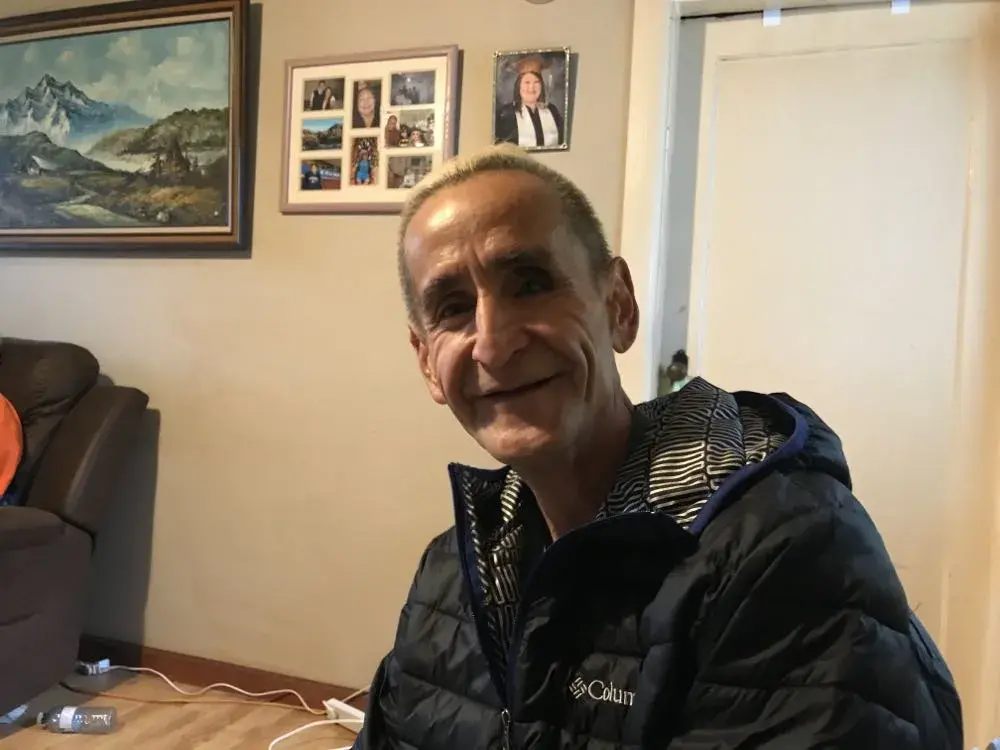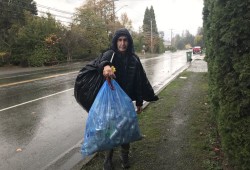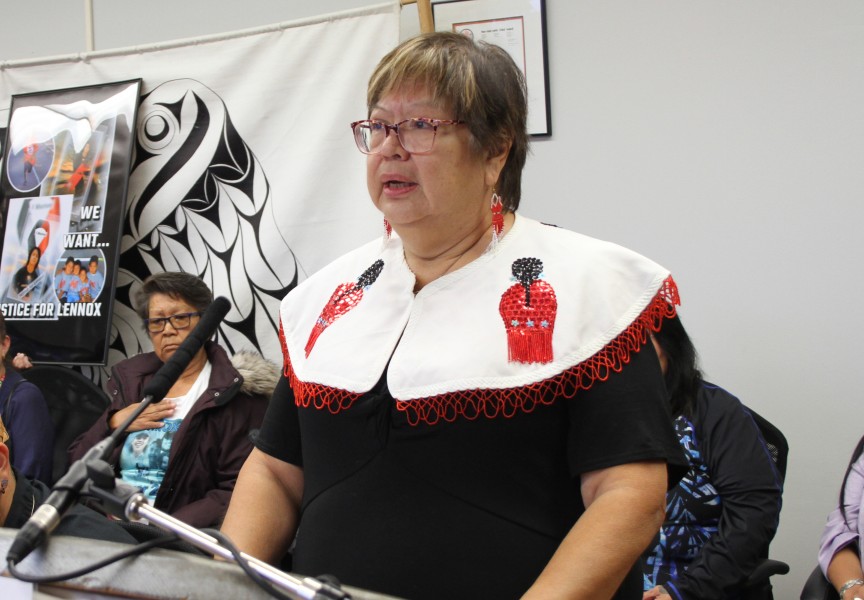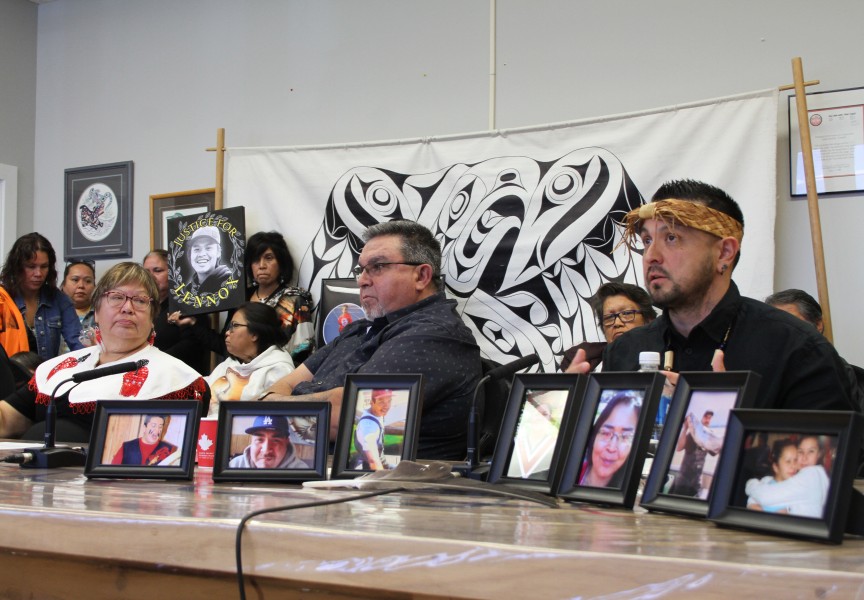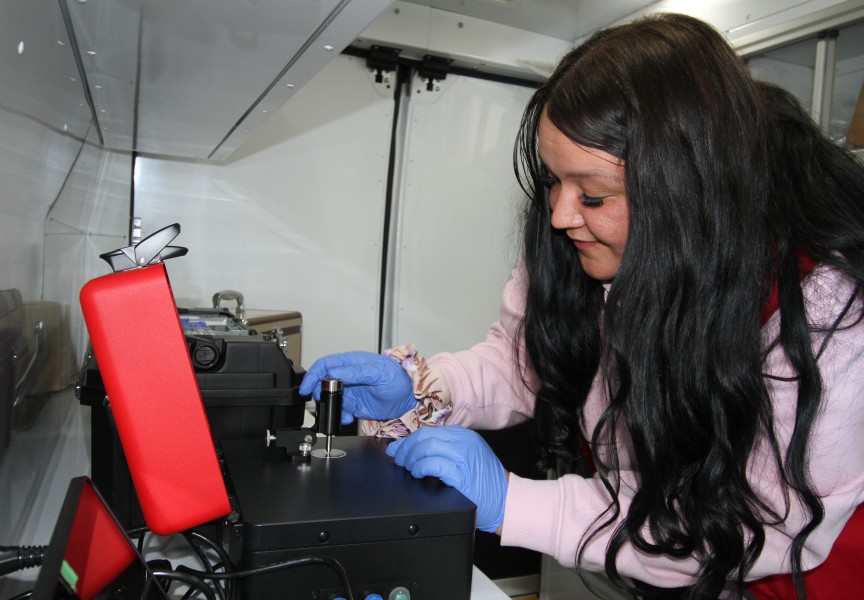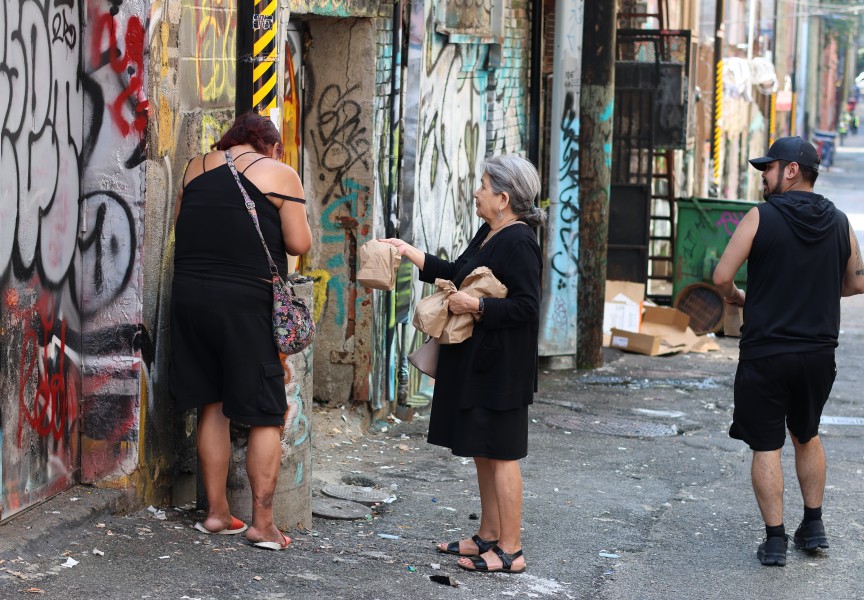Critch desperately wants to get clean.
An admitted crack and crystal meth addict for most of his life, Richard Anthony Dick, who everyone calls ‘Critch’, has been in and out of treatment facilities many times over the years. But as he heads to a long-term stint at the Pathway to Freedom recovery house in Surrey, he’s determined that this time the future will unfold differently. Dick envisions eventually living by his parents on the Tseshaht reserve.
The 56-year-old admits that there will be a long past to overcome, including rebuilding the trust of those who care about him.
“I didn’t care about nothing but my crack, but I’ve hurt my family so many times,” said Dick. “It’s unreal how much they love me and have taken me back. They worry and pray about me every day.”
He’s struggled to hold down employment in logging and at sawmills over the years, and blames his addiction for the collapse of his second marriage.
“I’ve been dead to my family by stealing from them and manipulating them. I was a good manipulator,” admitted Dick. “I’ve been married twice. In my first marriage we had two daughters and a son. It just didn’t work out because we were so young. And the second marriage, she left me because of my addiction. I had two daughters with her.”
Dick expects to be at the Vancouver-area recovery house for as long as six months, but fears that when he returns to Port Alberni he’ll again end up at a shelter on Eighth Avenue. This was where he was living when he spoke to Ha-Shilth-Sa in mid October, one week before he planned to move to Pathway to Freedom.
“When I come home from recovery, right away I’m at the shelter. That’s a bad place,” said Dick. “You can get it anywhere. There’s people that know what I do”
Dick described his struggles while sitting at a family member’s Port Alberni home. He looked across the Somass River, where his Tseshaht First Nation’s reserve lies.
“Every time I come home I end up at the shelter,” he reflected. “But my home is here, across the bridge.”
Drug use is common at the shelter facility, said Dick, where substances are often consumed behind the building at an outdoor table known as “The Pit”. He’s overdosed twice at the shelter, and both times staff saved his life.
“I’ve OD’ed twice smoking crack with fentanyl in it,” said Dick, who was saved by naloxone. “The first time it was three Narcans, the second time 6 Narcans.”
As he hustles through the downpour of an October day, hauling garbage bags full of cans to cash in at a depot in Port Alberni’s poorest neighbourhood, Critch’s story is one among the thousands that comprise a drug crisis that has gripped British Columbia in a public health emergency for over eight years. The most recent data from the B.C. Coroners service offers some encouraging news, as over the first nine months of 2024 fatal overdoses have declined from last year by eight per cent. But with 1,749 deaths over this period, an average of six people are still being lost due to illicit drug use every day in B.C. – a tally that surpasses homicides, suicides, car crashes and natural causes combined for those under 60.
Indigenous people face a higher risk, and are dying by overdose at a rate six times that of the rest of the province, according to the First Nations Health Authority. The continued devastation to families prompted the Nuu-chah-nulth Tribal Council to declare a state of emergency on Sept. 19, citing the urgent need for more government support if the tragic tide is to change.
But something is being left out of this message, stresses Dick.
“We need a safe house on reserve. A safe place for people to come home to, to continue their recovery,” he said. “Nuu-chah-nulth leaders don’t understand, some of us do want to come home but it’s hard to come home because there’s nowhere to go.”
This brings in the issue of housing those with the lowest incomes, an urban dynamic that seems to inevitably lead to higher concentrations of substance addiction in certain areas. The problem feeds upon itself as pushers and addicts seek out each other. It’s a world where one hit of crack costs $10, enough to get high for a few minutes, said Dick.
“I just want more,” he admitted about the drug. “On the street we call it ‘more’.”
Ron Merk is co-chair of the Port Alberni Community Action Team, a collaborative initiative assembled to tackle the drug crisis in the small city and its surrounding communities. Merk observes that government-funded housing for marginalized people usually entails sheltering many in close quarters.
“It creates structures like the shelter, or say assisted living facilities. It's all in one building and, unfortunately, the demographics of that building are the same,” he said. “That might be okay when you're still actively using. But when you start to shift and get on the healing journey, all of a sudden all of the people around you are still actively involved, but you don't want to be.”
Currently the waiting lists for other more private housing is “extremely long”, explained Merk, a challenge that often places recovering addicts into shelter-type living situations.
“We put him into the same bubbling cauldron of boiling water that he came out of, and then we're surprised that he relapses and goes back to it,” he added. “If you weren't physically or mentally dependent on a substance, maybe you would be strong enough to resist that - but when you've already had those dependencies your ability to do that is like one in 10,000.”
Dick hoped that the cans he cashed in would pay for her ferry ticket to the mainland. Besides social assistance, over the last month he’s panhandled at the busy Tim Horton’s on Redford Street to gain cash. As he looks to the future, the hope of recovery has pushed him to use less.
“I’ve been cutting down a little bit because I’m leaving next week. I’m tired of it,” said Dick. “I just want a normal life. Just be normal for once.”


